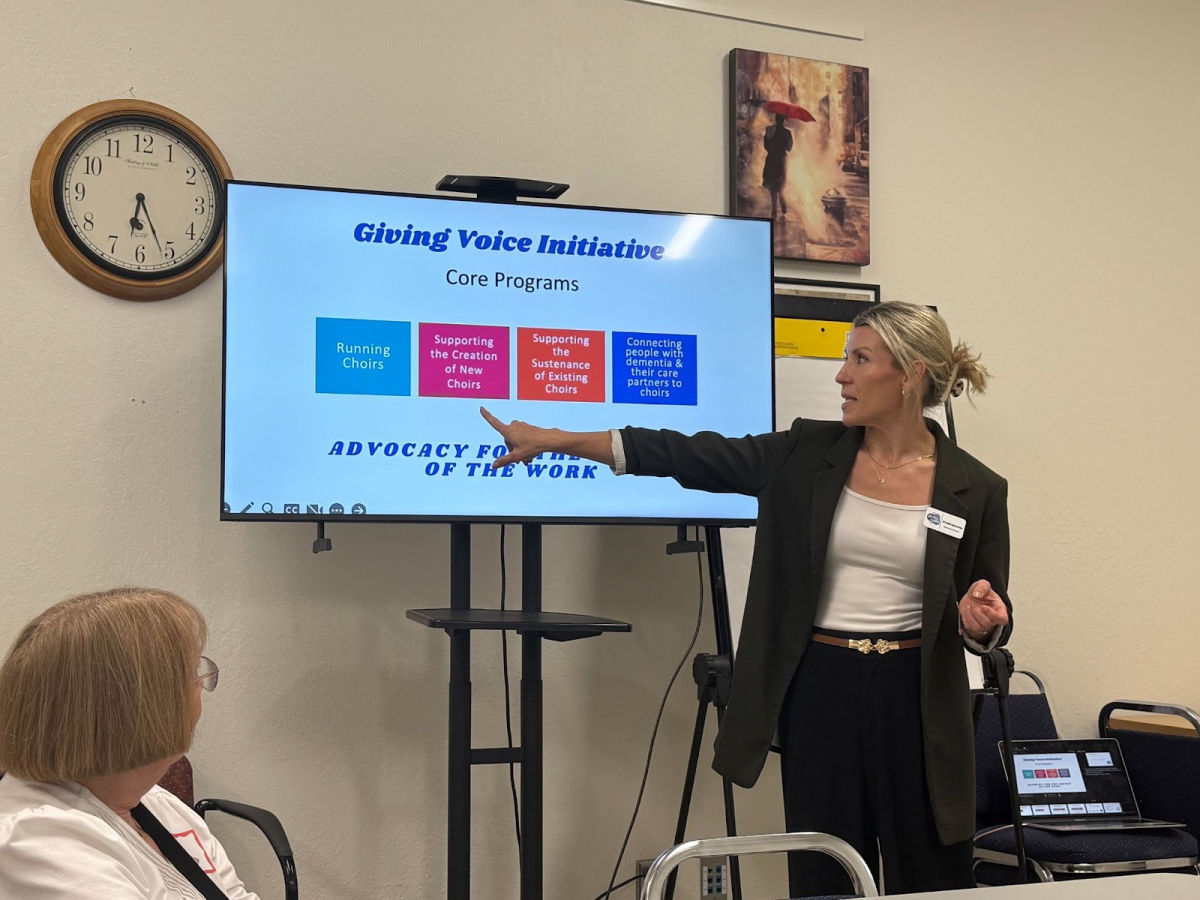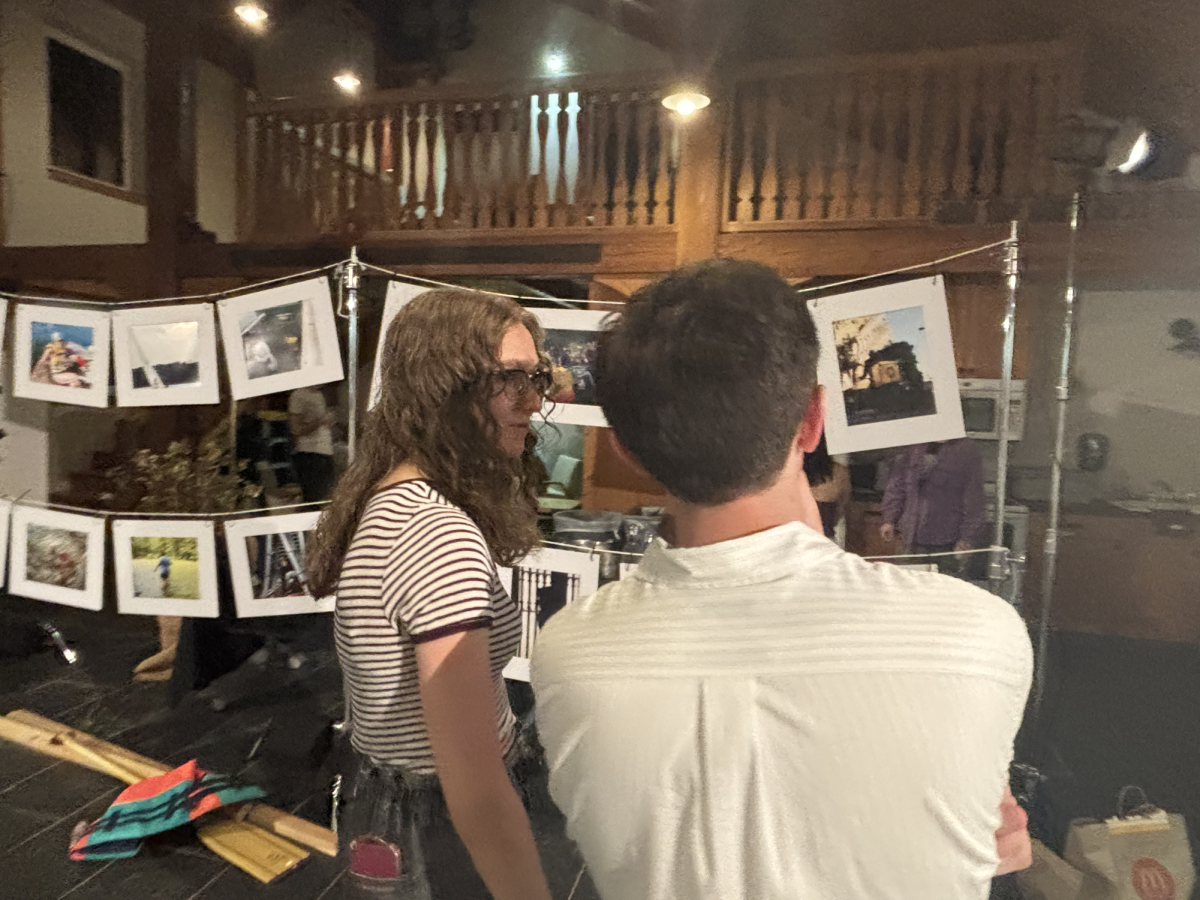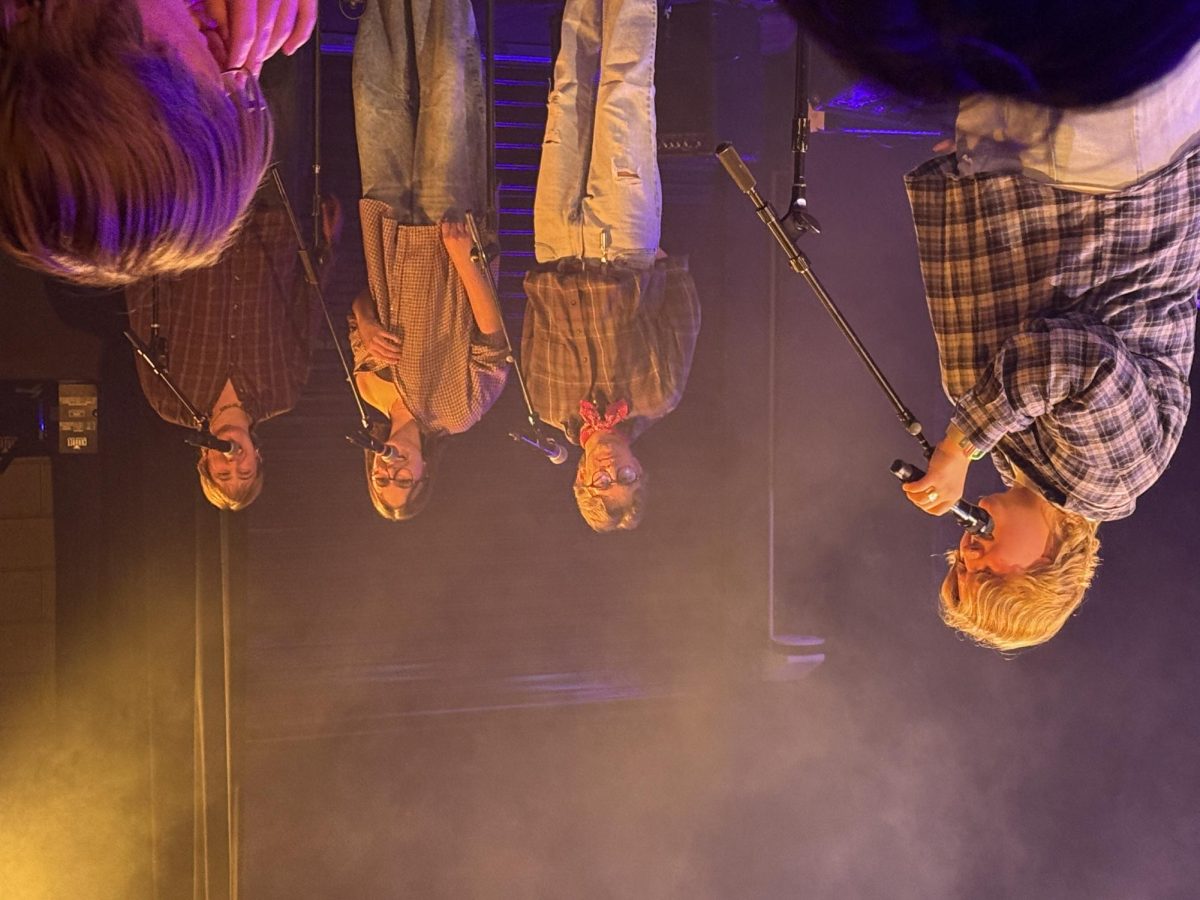
Before COVID-19, if you walked through the doors of Buntrock Commons on a Friday night, you’d see groups of students huddled together, their eyes patiently scanning for the arrival of Northfield’s crowned jewel of transportation – the Hiawathaland Express.
In a normal year, the Express runs from 4 p.m. to 11 p.m. every day except Sunday, beginning its route outside Buntrock before passing by Carleton’s Willis Hall, the Northfield Co-op, El Tequila and Target. It then promptly returns to St. Olaf, the same way it came, all in a 55-minute round trip. While making only a handful of stops on its loop around town, the Express can put students within walking distance of anywhere in Northfield.
Unlike large metropolitan buses that personify the chaos of urban life, the Express moves without urgency. Its schedule is merely a configuration of numbers unrelated to where and when it will arrive. As if on a nighttime walk, the Express saunters through Northfield’s quiet streets, admiring the same view as its riders. The silence of the Express lends itself to reflecting on the day, blissfully underscored by the setting of the sun and stillness of the nighttime.
For St. Olaf students without cars, the Express is a portal to experiences beyond the Hill. Years ago, as one of these students myself, I was fortunate to develop an appreciation for its utility, riding it almost every Friday.
As I took the bus more regularly, I began putting away my phone in favor of people-watching, observing scenes around Northfield’s community I never knew existed while living on campus. With every stop, I’d watch people leave the bus with a happiness rarely observed in the halls between classes — a feeling you can only find on a Friday night.
Time after time, I observed the Express act as a bridge to Carleton friendships, dinners at Hogan Brothers and oversized margaritas at El Tequila; a viaduct to thoughtful conversations between bites of tacos at El Triunfo and walks along the Cannon River. As time aged these experiences into cherished memories, the bus itself became inseparable from the joys of its destinations.
Like the other regulars of the Express, I kept its charm a secret as best I could to avoid overcrowding, relishing in the places I could now explore with independence. While many riders saw the bus for its flaws, outwardly complaining about its lateness or constant stops for maintenance, true patrons appreciated the romance of its imperfection.
It was also on this bus that I often sat during difficult times in my life, comforted by the familiarity of the route and company of my fellow riders. I remember the nights I would sit at the back of the bus without the intention of ever getting off at a stop, appreciative of the time I could be away from my life on campus, if only for 55 minutes.
And, more often than not, when the doors would close at our final stop, I was not alone at the back of the bus, but coalesced with strangers who had found similar comfort in the Express’ unique solitude.
After bringing a car to campus my sophomore year, my relationship with the bus came to an end. Riding it again for the first time in years, its foggy windows and cold leather seats transported me back to a world unfamiliar to my current life, feeling once again the newness of a town I’ve now long called home.
While my experience has been disappointingly unrelatable to most people at this school, there have been instances in which my affirmation of the Express has been met with equal enthusiasm, to the confusion of the non-riders around us.
In a time when I too often fixate on the future, in a year that has been anything but representative of my college experience, I will always welcome the memories of that rundown bus and all the places it brought me.





